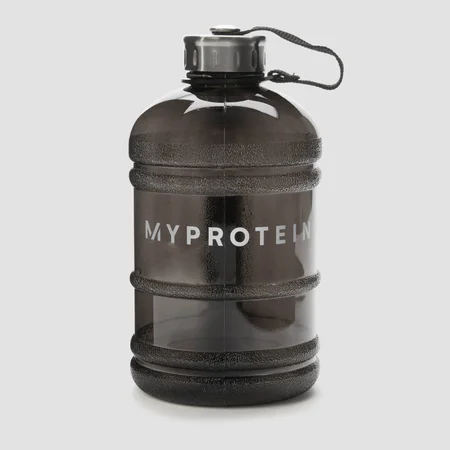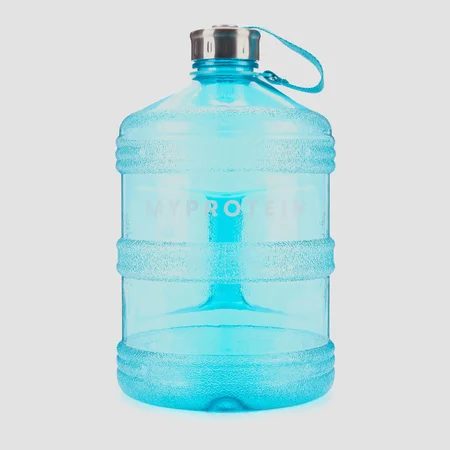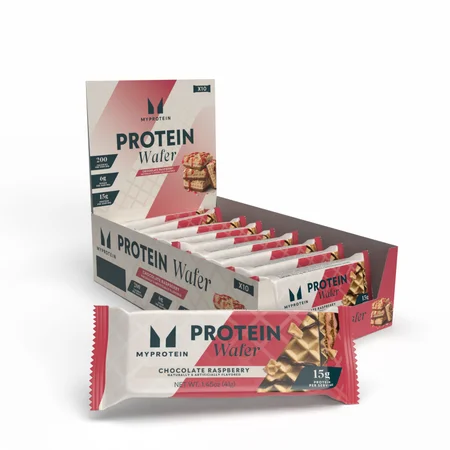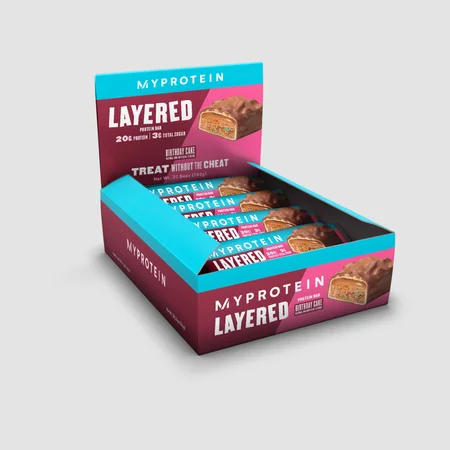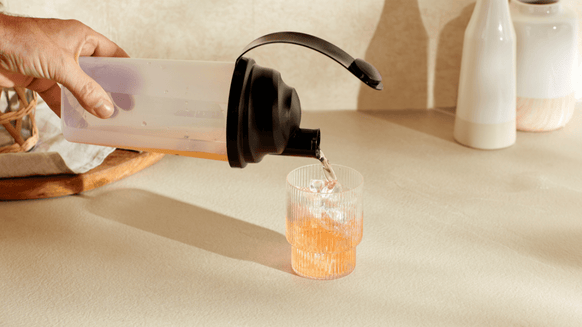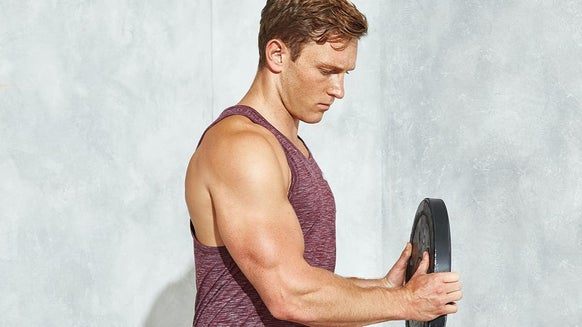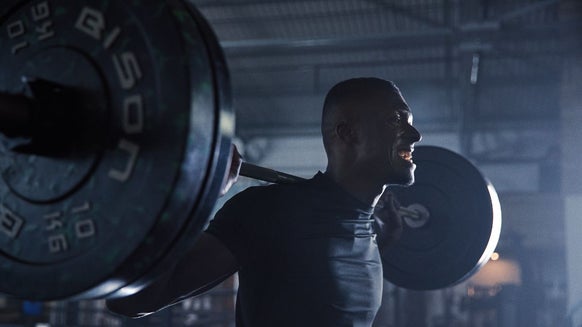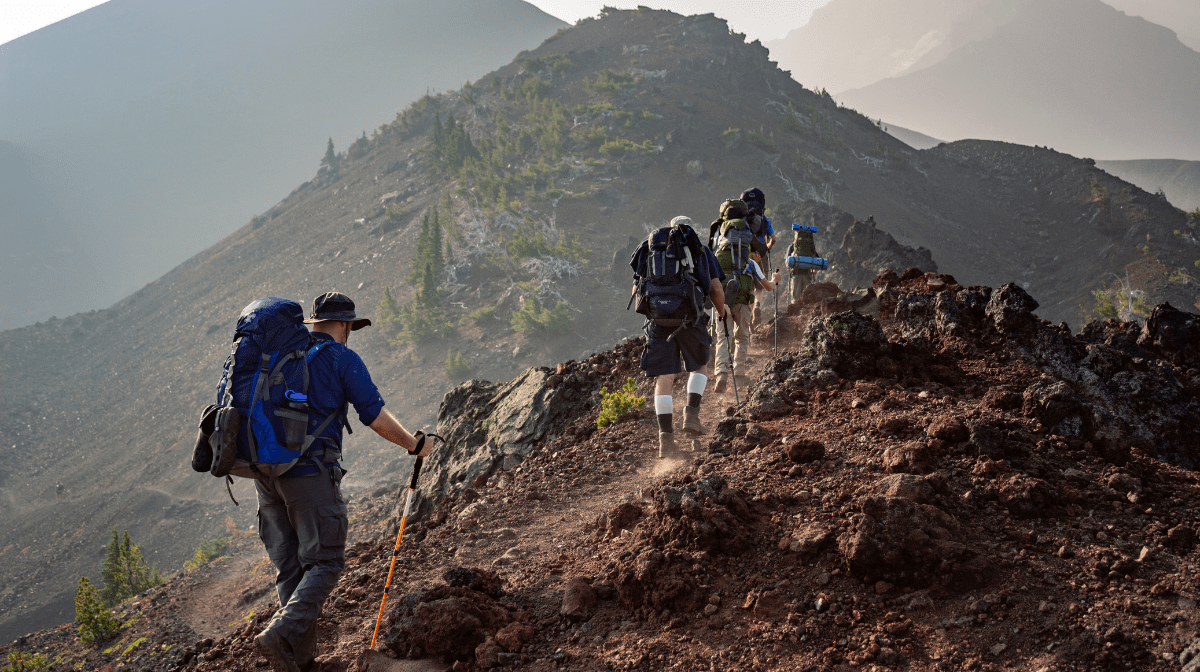
Hiking is a super popular activity that will elevate your mental and physical state. Now that the weather is in our favor, it's the perfect time to get outdoors and experience nature while advancing your fitness. According to our Myprotein user survey, consumers like you voted walking/hiking as your second most preferred exercise activity, and with good reason.
Hiking combines exercise with fresh air, sunshine, and adventure. Walking through trails in nature can put your mind at ease and presents an opportunity for connecting socially if you're with a group, or self-reflection if you're hiking solo. Anyone can try hiking, but whether it's your first time, or you're a seasoned pro, you should always bring your essentials with you to have the most enjoyable experience. So what exactly do you need to bring on a hike? Here's what you should have in your backpack if you're planning on walking a trail.
1. Maps & Navigation
When hiking, you must know where you're going, because it's easy to get lost in the woods and mountains. Especially if your hike is going to end past sunset, you don't want to be wandering around outdoors in the dark. For navigation, if you want to be extra safe you can bring a physical map of your trail. But today, many will rely on their phone's GPS to successfully lead them through a trail.
Many hiking apps like AllTrails will give you detailed trail maps and allow you to use your phone as a navigator and see your progress along a trail. Whether you prefer using an app or going old school with a map, make sure you have some form of navigation when venturing out on a hike. It's also a good idea to carry a compass with you, just in case you lose your way.
2. Water
This may sound obvious, but you might underestimate how much water you'll need when hiking. It can be easy to get dehydrated when walking a long distance, especially in hot weather. One 2020 study showed that most people did not bring adequate water with them to compensate for sweat loss when hiking in hot weather. So how much water should you bring?
Everyone is different and some may need more water than others, depending on factors like fitness level and the climate you're in. The general rule of thumb is to bring two cups of water for every hour of hiking you plan on doing. If you're not sure how much water you need, you can test out the two cups per hour rule on a low-impact hike and see how you feel, and adjust your needs accordingly.
And if you want to get your protein in while hydrating, try mixing your water with a protein powder like Clear Whey Isolate to make a refreshing protein shake.
3. Clothing & Footwear
Hiking is a form of physical activity and can be physically demanding at times, which is why it's important to dress properly. When choosing what to wear for hiking, keep in mind that it's a form of outdoor exercise that can get intense; clothing that allows for flexibility and comfort is key. Clothes that are sweat-wicking and breathable are a good idea as well.
If you're hiking in cold temperatures, wearing several layers will help keep you warm. Consider wearing a base layer underneath your regular clothing for heat insulation. Wearing a jacket and gloves will also provide extra warmth and comfort.
You'll also want to bring a hat on your hike for sun protection.
For footwear, hiking boots are recommended for rougher trails, but for beginner trails, hiking shoes or trail runners can suffice.
4. Nutrition
Just like you need proper nutrition when training, the same goes for hiking. Even more so, hikes can last hours and you don't want to find yourself in the middle of the wilderness with nothing to eat. When going on a hike, it's best to take packaged foods with you that are lightweight and easy to bring on the go.
Simple protein snacks like Layered Bars and Crispy Wafers are the perfect treats that will help keep you energized and in line with your macros. Some other foods that are easy to bring on hikes include beef jerky, fruit, and instant oatmeal.
5. First Aid Kit
A first aid kit is beneficial to have while hiking in case of an emergency or injury. A first aid kit can be life-saving in the case of allergic reactions. Because hiking is in nature, people may be exposed to plant life they are not used to and could have unpredictable allergic reactions. Having antihistamines or an EpiPen can be crucial in situations like these.
Additionally, hiking on rough terrain or unstable ground can cause people to fall and hurt themselves. A first aid kit can help bandage up or stabilize an injury until further medical attention is available.
First aid kits also contain pain medication, which can be useful if someone gets injured or too fatigued on a hike.
6. SPF
Since hiking involves being outdoors for many hours, it is vital that you have SPF on you, especially during the summertime. It is easy to lose track of time outdoors and one hike can turn into several hours in the sun. So make sure to bring SPF and reapply it every so often to prevent sunburn.

SPF: The Different Types, How it Works, & Why You Should Wear It
Planning on spending time outdoors this summer? Here's why you should wear SPF....
7. Insect Repellent
Walking around the woods can expose you to lots of plant and animal life, and this (unfortunately) includes insects. Insect repellent is a must-have on a hike to keep pesky bugs away like mosquitos, flies, and ticks.
Insects can cause a lot of discomfort, especially if you get bitten. Additionally, some bugs, like ticks and mosquitos, can transmit dangerous diseases or even cause an allergic reaction. So, make sure to bring insect repellant to avoid these problems while hiking.
8. Hiking Poles
If you know you will be going into a demanding trail, hiking poles are a useful tool that can help maintain balance and take some of the strain off your joints. Hiking poles are especially useful for uphill climbs and will make your hike less difficult.
This tool is also good to have around for safety reasons. Hiking poles can help you test the integrity of the ground in front of you before walking on it. This could potentially prevent an injury if there is unstable ground.
9. Emergency Devices
Sometimes even when you have a hike fully planned out, things can go wrong. For this reason, it's necessary to have some emergency items in your pack in case you need them. Some useful products include:
- Emergency whistle
- Communication device like a personal locator beacon (PLB)
- Signaling device
- Pocket knife
- Fire-starting materials—lighter or waterproof matches
- Cell phone and portable charger
- Emergency blanket
- Flashlight or headlamp
And if you're looking for a backpack to put your essentials in, check out this convenient Myprotein backpack with adjustable straps:
Take Home Message
Hiking is a rewarding activity that allows you to get your exercise in while appreciating the great outdoors. When going on a hike, ensure you prepare properly and pack the necessities so you can avoid any trouble and simply focus on enjoying your hike.
READ THESE NEXT:

Hiking Season: Top Spots in the US + Travel Tips
Hiking season is here and we're taking a look at some of the top hiking spots in...
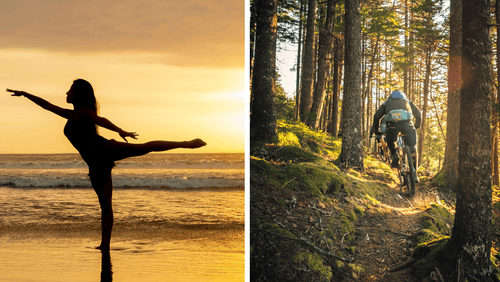
5 Outdoor Activities to Keep You Fit This Summer
Try these 5 outdoor activities to get your exercise in this summer....
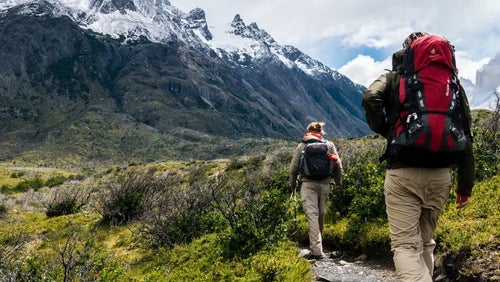
Hiking: The Outdoor Activity You Have to Try
It's officially spring, and you know what that means, time to get outside for yo...

A Rutgers University Honors graduate, Jamie grew up on the Jersey shore and double majored in Comparative Literature and Anthropology in college. Jamie is an experienced writer in the health and wellness, biotech, and eCommerce fields. She loves writing with a purpose and has even written for the Department of Justice.
Jamie became drawn to exercise during her time in university and began to notice the physical and mental benefits of moving your body daily. Today, Jamie enjoys Pilates, light weight training, and going on long walks in nature daily.
Jamie is also passionate about eating right and prioritizing gut health and immunity. She is always trying the next innovation in health and wellness. When she’s not writing articles, Jamie enjoys reading, playing guitar, and finding dogs to play with.
